What do I bring to the Elm Communications Party?

If you know Mel, you’ll know that she’s an excellent host. She throws unforgettable gatherings, complete with mouthwatering snacks, refreshing drinks, outdoor games, and a laid-back atmosphere. She’s one of THOSE people while I struggle to assemble a plate of jatz and pre-sliced cheese. And when we first discussed the idea of me joining the Elm team, I was excited. Opportunities to collaborate with friends in their businesses, tackling varied, intriguing and challenging projects, don’t happen every day—or ever, really. It was a no-brainer. However, I couldn’t help but ponder: What would be my unique contribution to an already talented team that had smashed its business goals? What do I bring to the party?
Elm specialises in strategic communications. The team has extensive expertise in crafting and executing impactful communication strategies. Plus, we collectively bring decades of experience working within government agencies. This means that Elm understands the extra layer of complexity that public sector communications brings, especially in politically charged policy areas like climate change and energy. The Elm team understands the ins and outs of government communication teams and the pressures that come with the territory. They’re adept at navigating these challenges to deliver the necessary communication outcomes—no matter how tight the budget, deadlines, or briefing processes may be.
So before I accepted Mel’s offer, I had to be clear about my value-add in this already accomplished and brilliant party. I had to resist falling into an imposter syndrome spiral and remind myself of some facts. Most of my career has revolved around working in teams closely related to strategic communication, but I wouldn’t describe myself as a communication specialist. I spent many years focused on strategic engagement, later evolving into behavioural design and culture change.
My approach has always centred on understanding problems through the lens of the people at the heart of the issue before I even had the language of ‘co-design/ behavioural insights/ human centred design’ for it. I firmly believe the target audience holds the key to remarkable solutions, particularly in public policy or organisational change. After all, there isn’t a single policy that doesn’t aim to influence people’s behaviour. It’s always about humans and their actions, and there are myriad ways to drive that change. It’s also rarely just one thing – it often requires a blend of regulatory, systemic, social, and informational interventions.
Its all about people
Strategic communications require a clever, creative and targeted approach to what and how we communicate. Whether it’s an internal organisational change or an external communication campaign, we must first gain a crystal-clear understanding of our audience before crafting key messages and selecting the right channels. The more we know about our target audience, the more nuanced, persuasive, and compelling our communication strategies can be. This is precisely where behavioural science comes into play. It challenges our assumptions about audience needs and desires and provides insights into their predictably irrational thought processes and biases. It helps us better understand how our audience’s environment will impact how they engage with and interpret messages. It also offers methodologies and frameworks to better understand the problem, innovate solutions and measure results. This is especially crucial in today’s world of short attention spans and information overload.
Furthermore, behavioural science helps us think beyond traditional communication channels. It encourages us to explore how and when systemic changes need to align with communications, resulting in more holistic and impactful solutions.
For example, I once had the responsibility of developing a strategy to drive a stronger culture of innovation in my (then) government department. By applying a behavioural science lens, we quickly realised that even if we developed brilliant communications, we would still struggle to significantly impact the culture without directly addressing the barriers to innovation that were baked into the department’s governance, HR and IT systems. Those barriers sent the strongest signal to employees about whether their creativity and innovation would be rewarded or punished. Any communications had to accompany changes to those systems and processes. Otherwise, we risked (at best) irrelevance or (at worst) increased cynicism. Applying a behavioural science approach to understanding that problem ensured we could develop an evidence-based strategy and communications grounded in employee experience and much more likely to shift the dial on the culture. (Spoiler alert – we did shift the culture, but then we got ‘MoGed’…that’s another story!)
So, I realise I bring something very tasty and unique to the Elm party. My focus on people means Elm can elevate its ability to deliver strategies that cut through and drive meaningful change. Whether that’s internal culture, organisational change or external stakeholder engagement, my behavioural science dish is the secret sauce, one well targeted message (and jatz and cheese) at a time).

